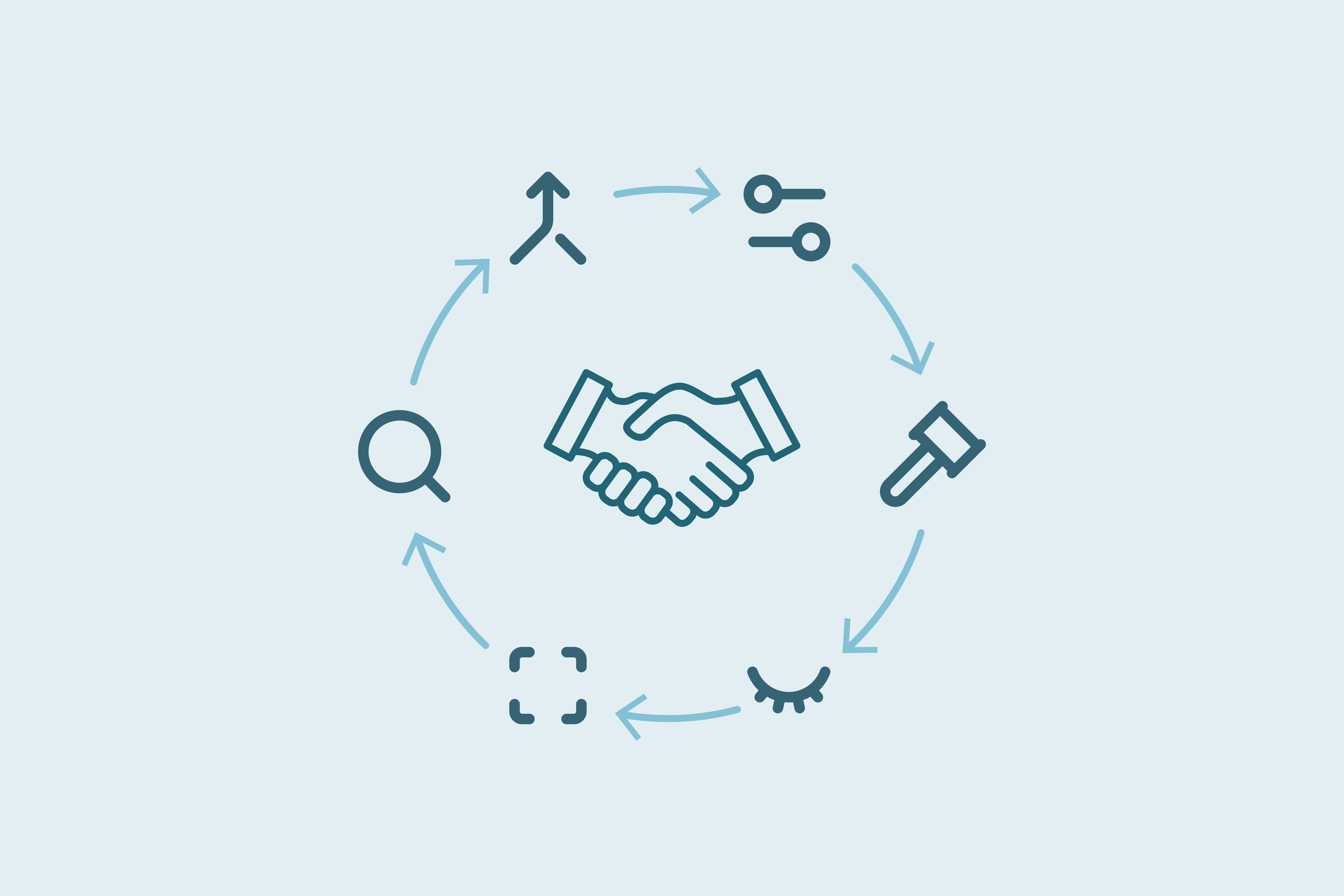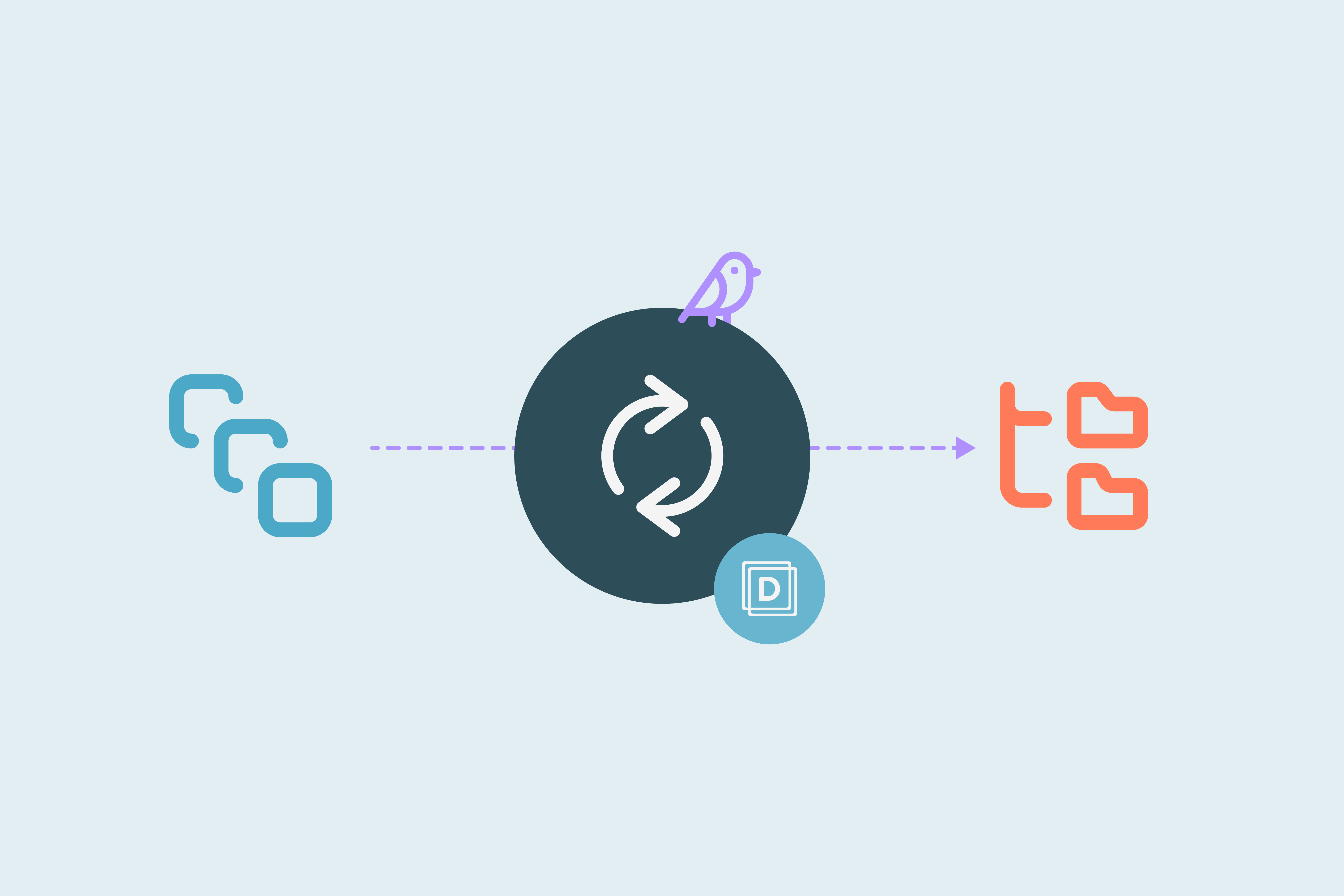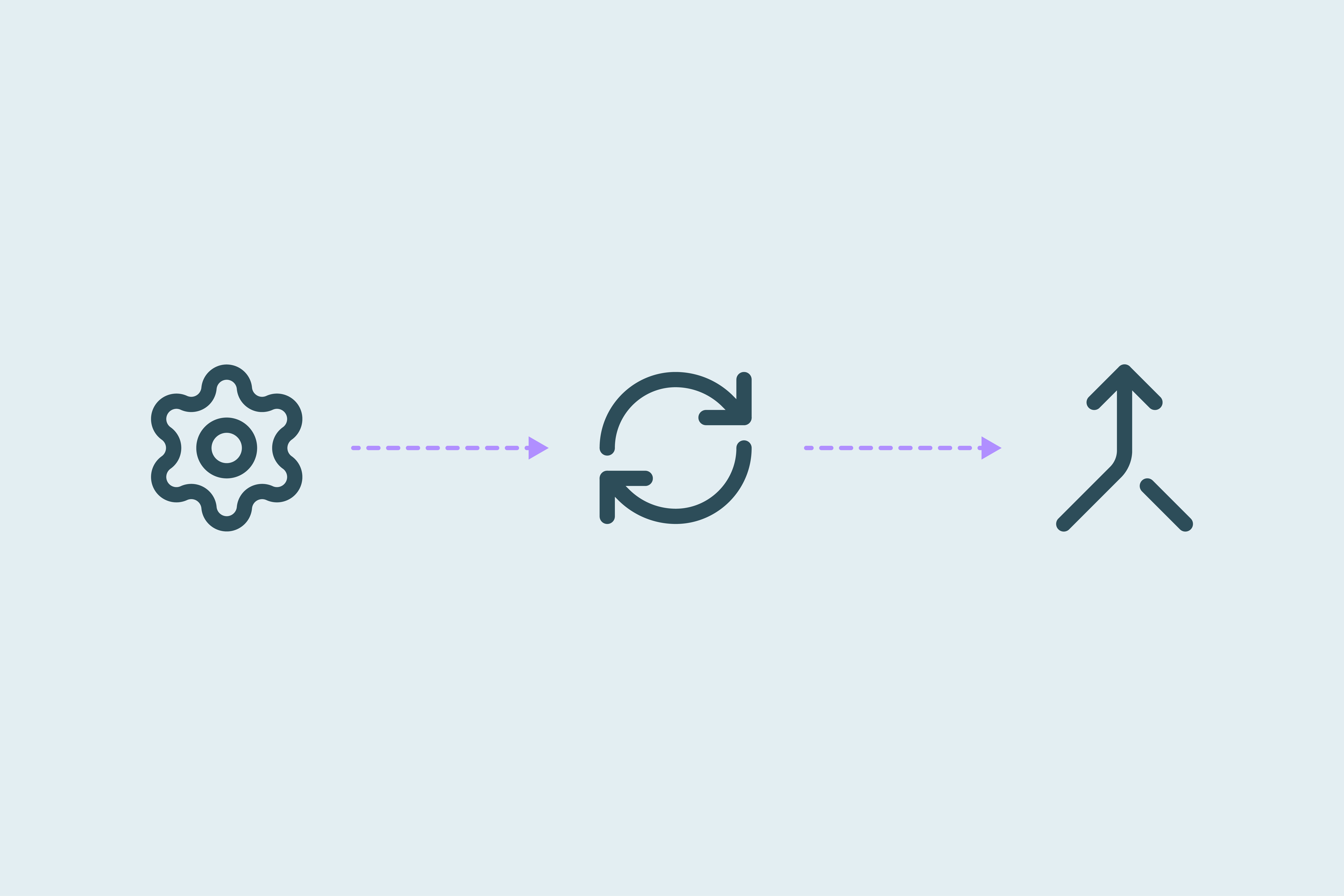How to scale CRM deduplication across clients without manual review
Scale CRM deduplication for your clients with match logic, not manual review

Native CRM deduplication is built for small internal corrections, not for agency or consulting teams resolving large volumes of duplicates across multiple clients. These tools often require record-by-record review, offer limited merge control, and usually lack any kind of recurring schedule.
Without bulk actions or fully customizable match logic, agencies end up repeating the same manual decisions across hundreds or thousands of records. The result is a slow, inconsistent process that can't match the pace of new data entering the system.
Before starting deduplication, consulting teams should confirm whether the CRM supports:
- Bulk merge in a single action
- Field-level match and merge logic to decide what to keep
- Scheduled runs for ongoing deduping
If these aren’t available, manual cleanup will remain the default, regardless of effort.
Deduplication returns when data keeps flowing in
Duplicates don’t just come from old imports; they come from active tools: Webinar platforms, ad integrations, list uploads, and internal handoffs. If those systems don’t write unique identifiers or match against existing records, they create new duplicates, which means deduplication isn't a one-time job. Even after everything looks clean, duplicates return.
Consulting teams should identify high-risk entry points and determine which ones:
- Bypass matching logic
- Use third-party enrichment that creates overlap
- Depend on user input, like form submissions or uploads
Once identified, set merge rules to run after those actions. That keeps the CRM duplicate-free without requiring a reset every few weeks.
Use merge rules to replace repetitive review
Most manual deduplication work is repetitive. Reviewers keep making the same decisions for each record pair:
- Keep the field that already has an owner
- Keep the field with a valid email address
- Keep the field that was updated most recently
Instead of repeating those same judgments every time, partner teams can turn them into merge rules.
- Write out the decision patterns you follow most often
- Translate each pattern into a merge rule. For example: In my CONTACTS, keep the EMAIL IF/WHEN OWNER is [VALUE]
- Test the merge rules on a small set of duplicates to confirm they match expected outcomes
- Apply these merge rules to larger sets of duplicates and monitor exceptions
Once your merge rules are in place, the system handles the repetitive work automatically. Review time is reserved for the rare cases where the rules can’t determine a clear winner, which makes merges consistent, scalable, and predictable, no matter how many records are involved.
Tip: Dedupely gives you control on what values win after a merge using merge rules. More on merge rules here.
Match and merge logic should reflect how the CRM is used
Not all data fields are equal. Some affect workflows, scoring, or reporting, and some are tied to ownership, conversion tracking, or pipeline visibility.
Consulting teams need to structure logic around:
- Field sensitivity (e.g., lifecycle stage vs. job title)
- System priority (e.g., source of record, manual vs. API-created)
- Match confidence (e.g., exact email vs. similar name)
Merge logic should account for how a record is used. Two records might look the same, but one could be driving a workflow, report, or ownership assignment. If that gets merged incorrectly, it can disrupt how the CRM works.
Treat deduplication as an ongoing system process
Running a one-time deduplication doesn’t prevent new duplicates, that's why consulting teams should treat deduplication as a system function, not a project.
This means:
- Scheduling recurring deduplication based on system activity
- Monitoring match quality and adjusting merge rules as needed
- Updating logic as new sources and patterns emerge
This reduces the need for repeat deduping and prevents manual reviews from becoming a permanent part of operations.
Deduplication becomes scalable when it stops relying on manual review. If you’re building repeatable deduplication projecta across clients, our partner program supports that work at scale. Join the partner program here.
Contact us
We’d be happy to help you get this set up.
Write us a message
We probably know the answer to your question already 🙂
Book a Zoom
Whether you’re getting started or getting intense.
Get in touch!
Discover Related Blog Posts
Stay updated with our latest articles and insights.





















